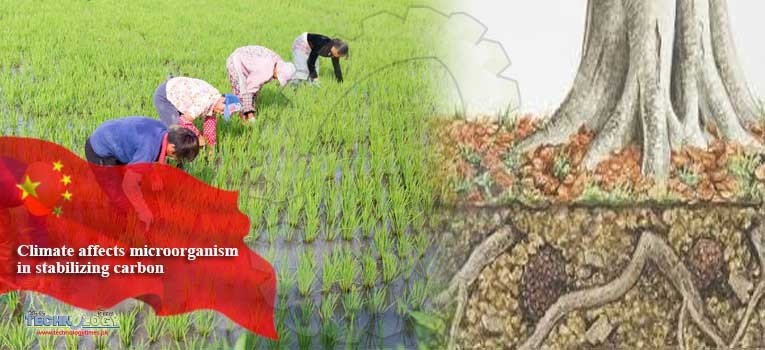How is the microorganism contribution to carbon sequestration in paddy soil relevant to the climate? Chinese researchers have recently solved the puzzle.
 Carbon sequestration is a process involving the carbon capture and long-term storage of atmospheric carbon dioxide, which is considered to be the main driver of global warming microorganism.
Carbon sequestration is a process involving the carbon capture and long-term storage of atmospheric carbon dioxide, which is considered to be the main driver of global warming microorganism.
To reduce the accumulation rate of carbon dioxide in the atmosphere, scientists have been studying the relations between the land use, forestry activities and carbon sequestration in soil, hoping to learn more about the carbon capture mechanism.
Su Yirong, a researcher with the Institute of Subtropical Agriculture, Chinese Academy of Sciences, which is based in Changsha, capital of central China’s Hunan Province, has led his team to study the contribution of fungi and bacteria residues to the organic carbon accumulation in paddy soil.
Fungi and bacteria can transform unstable organic carbon into the composition of their own cells by anabolism, and ultimately stabilize organic carbon in the form of microbial residues through cell growth and death. But how the contribution of fungi and bacterial residues in this process is related to the climate change remains unclear.
Su and his team collected samples of paddy soil respectively from the mid-temperate, warm temperate, subtropical and tropical zones. Their research shows that although the main microbial residues in paddy soil are fungi, its contribution to organic carbon accumulation is not significantly different among the four climate zones.
Further analysis shows that the increase of temperature and rainfall results in the decrease of soil pH value, which will promote the growth of fungi, but higher temperatures and more rainfalls themselves will inhibit the growth of fungi. Therefore, fungi residues are unresponsive to climate conditions in terms of the organic carbon accumulation.
The rise in temperature and rainfall will, however, facilitate the growth of bacteria, which will thereby increase its contribution to the organic carbon accumulation in paddy soil, according to the research recently published in Biology and Fertility of Soils, an international academic journal.
The research will help provide a scientific basis for explaining the microbial mechanism of the carbon sequestration in paddy soil in China, Su said.